We look at the ingredients beloved by ancient Greeks, Romans, and the Chinese and the products they’re in today.  Skincare has been evolving for thousands of years. It should be no surprise that our ancient ancestors were just as concerned about preserving and treating their skin as we are today with the natural ingredients around them. It was the Greeks who first coined the term kosmos and then kosmētikos, or what we know as cosmetics. So it’s safe to say, it was big on their radar. At that time, all cosmetics were naturally formulated and handmade. It wasn’t until the twentieth century that synthetic and chemically manufactured products showed up on the market and entered our skincare routines. But in the 90s and 00s, with an increase in interest in natural ingredients (following the horrors of the twentieth century), we’ve been looking deeper into the past to unlock the secrets of ancient and even mythologized beauty. Thanks to archeological findings, historical writings, and anthropological studies of how people lived during ancient times, we’re able to create products today with the best that ancient and modern times offer. Good FoundationsIn India, cold cream was invented by mixing rose oil, water, and melted beeswax together. The Ancient Egyptians had an array of vegetable oils they used to keep their skin moisturized in the desert dryness. Oils and ingredients like thyme, marjoram, chamomile, lavender, lily, peppermint, rosemary, cedar, rose, aloe, olive oil, sesame oil, and almond oil were regularly used. We know from archaeologists that ancient Egyptians even made soapy cleansers out of mineral clay and olive oil and creams made with castor, sesame, and moringa oils. Used in the Qin and Han Dynasties (221 BC -24 AD), Chinese skincare included brightening and anti-aging products made from Chinese Waxgourd Seed, and Apricot seeds were used to make a cream that could relieve black spots and acne during the Song Dynasty (960-1279 AD). Today, we recognize apricot kernels and oil as widely used ingredients for the same skin issues. The Chinese also unlocked the powerful ingredients found in pearls. “Pearl powder has been used in Traditional Chinese Medicine since the early part of the Common Era as a health, cosmetic, and nutrient supplement. The empress Wu Zetian (625–705 AD) consumed pearl powder and applied it to her face for its brightening/lightening properties.” Calcium carbonate, the most abundant ingredient in pearls, is used today as an oil-absorbent for creams and cosmetic products. Its presence in skincare formulas provides consumers with a smooth, silky matte finish to their skin. Calcium phosphates, too, are found in pearls and today utilized in protecting the skin from UV rays, and in cleansers to absorb sebum and promote skin turnover. Pliny the Elder detailed the use of certain ingredients in derma care in Ancient Rome. Honey, he noted, was used as an emollient and acne treatment. The bulb of narcissus (daffodil), removed blemishes and softened skin. Myrrh was another commonly cited ingredient. “Myrrh has been used to treat ailments of the skin since antiquity. It is obtained from the sap that is secreted as an exudate from the Commiphora myrrha tree. Myrrh is considered a natural remedy for wounds, infections, and acne and is also used as a perfume agent. “Eh…Think AgainIn Ancient Greece and Rome, where pale skin was a sign of aristocracy (i.e. money, please!), women used a powder of white lead, chalk, and crocodile dung to lighten their skin. Modern science has since revealed lead to be deadly – no duh. The Chinese in BC years went even a step further. They didn’t just powder their skin; they bleached their skin with a mixture of lead, rice, and gel from songyi mushrooms. This kind of skin-bleaching or lightning technique persisted around the world well into the 18th Century, particularly in Europe. We’ve come pretty far, even since the 1930s, when mascara dye was blinding women and a facial cream was covertly causing mercury poison. Thanks to the Food, Drug and Cosmetic Administration we now have some ground rules to keep us safe when using skincare. We’ve learned from the past, taking the good and reformulating products that are safe and effective. And we’ve added some good things, too. Through scientific advancements, we’ve been able to develop skincare staples like Hyaluronic Acid. “In 1934, Karl Meyer and his colleague John Palmer were the first investigators who discovered and isolated HA from the vitreous body of cows’ eyes.” “The retinoid drug project was launched in 1968 to synthesize compounds similar to vitamin A by chemical manipulation of its molecule to improve clinical efficacy and safety. The use of these substances in therapy dates back some 3000 years to ancient Egypt, where liver was used to treat endemic night blindness. The modern history of retinoids, however, began in 1909 when an essential factor in the viability of an embryo in the fatty extract of the egg yolk, called vitamin A, was discovered. Retinoids finally were introduced into the treatment of dermatoses including photoaging more than two decades ago”Niacinamide was discovered in the 1930s and has since become a common ingredient found in skincare products. As always, read the ingredients on the products you buy and chat with a dermatologist about your specific needs. The more you educate yourself on what specific ingredients do, the better you can work with your dermatologist to custom-create your skincare routine. And in the meantime, be inspired by the past, and learn from it. But we can be thankful for the ingredients our modern science has given us. Find the best of both worlds in many of our products on SkinMedix.
Skincare has been evolving for thousands of years. It should be no surprise that our ancient ancestors were just as concerned about preserving and treating their skin as we are today with the natural ingredients around them. It was the Greeks who first coined the term kosmos and then kosmētikos, or what we know as cosmetics. So it’s safe to say, it was big on their radar. At that time, all cosmetics were naturally formulated and handmade. It wasn’t until the twentieth century that synthetic and chemically manufactured products showed up on the market and entered our skincare routines. But in the 90s and 00s, with an increase in interest in natural ingredients (following the horrors of the twentieth century), we’ve been looking deeper into the past to unlock the secrets of ancient and even mythologized beauty. Thanks to archeological findings, historical writings, and anthropological studies of how people lived during ancient times, we’re able to create products today with the best that ancient and modern times offer. Good FoundationsIn India, cold cream was invented by mixing rose oil, water, and melted beeswax together. The Ancient Egyptians had an array of vegetable oils they used to keep their skin moisturized in the desert dryness. Oils and ingredients like thyme, marjoram, chamomile, lavender, lily, peppermint, rosemary, cedar, rose, aloe, olive oil, sesame oil, and almond oil were regularly used. We know from archaeologists that ancient Egyptians even made soapy cleansers out of mineral clay and olive oil and creams made with castor, sesame, and moringa oils. Used in the Qin and Han Dynasties (221 BC -24 AD), Chinese skincare included brightening and anti-aging products made from Chinese Waxgourd Seed, and Apricot seeds were used to make a cream that could relieve black spots and acne during the Song Dynasty (960-1279 AD). Today, we recognize apricot kernels and oil as widely used ingredients for the same skin issues. The Chinese also unlocked the powerful ingredients found in pearls. “Pearl powder has been used in Traditional Chinese Medicine since the early part of the Common Era as a health, cosmetic, and nutrient supplement. The empress Wu Zetian (625–705 AD) consumed pearl powder and applied it to her face for its brightening/lightening properties.” Calcium carbonate, the most abundant ingredient in pearls, is used today as an oil-absorbent for creams and cosmetic products. Its presence in skincare formulas provides consumers with a smooth, silky matte finish to their skin. Calcium phosphates, too, are found in pearls and today utilized in protecting the skin from UV rays, and in cleansers to absorb sebum and promote skin turnover. Pliny the Elder detailed the use of certain ingredients in derma care in Ancient Rome. Honey, he noted, was used as an emollient and acne treatment. The bulb of narcissus (daffodil), removed blemishes and softened skin. Myrrh was another commonly cited ingredient. “Myrrh has been used to treat ailments of the skin since antiquity. It is obtained from the sap that is secreted as an exudate from the Commiphora myrrha tree. Myrrh is considered a natural remedy for wounds, infections, and acne and is also used as a perfume agent. “Eh…Think AgainIn Ancient Greece and Rome, where pale skin was a sign of aristocracy (i.e. money, please!), women used a powder of white lead, chalk, and crocodile dung to lighten their skin. Modern science has since revealed lead to be deadly – no duh. The Chinese in BC years went even a step further. They didn’t just powder their skin; they bleached their skin with a mixture of lead, rice, and gel from songyi mushrooms. This kind of skin-bleaching or lightning technique persisted around the world well into the 18th Century, particularly in Europe. We’ve come pretty far, even since the 1930s, when mascara dye was blinding women and a facial cream was covertly causing mercury poison. Thanks to the Food, Drug and Cosmetic Administration we now have some ground rules to keep us safe when using skincare. We’ve learned from the past, taking the good and reformulating products that are safe and effective. And we’ve added some good things, too. Through scientific advancements, we’ve been able to develop skincare staples like Hyaluronic Acid. “In 1934, Karl Meyer and his colleague John Palmer were the first investigators who discovered and isolated HA from the vitreous body of cows’ eyes.” “The retinoid drug project was launched in 1968 to synthesize compounds similar to vitamin A by chemical manipulation of its molecule to improve clinical efficacy and safety. The use of these substances in therapy dates back some 3000 years to ancient Egypt, where liver was used to treat endemic night blindness. The modern history of retinoids, however, began in 1909 when an essential factor in the viability of an embryo in the fatty extract of the egg yolk, called vitamin A, was discovered. Retinoids finally were introduced into the treatment of dermatoses including photoaging more than two decades ago”Niacinamide was discovered in the 1930s and has since become a common ingredient found in skincare products. As always, read the ingredients on the products you buy and chat with a dermatologist about your specific needs. The more you educate yourself on what specific ingredients do, the better you can work with your dermatologist to custom-create your skincare routine. And in the meantime, be inspired by the past, and learn from it. But we can be thankful for the ingredients our modern science has given us. Find the best of both worlds in many of our products on SkinMedix.
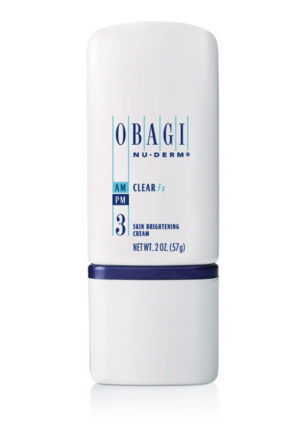
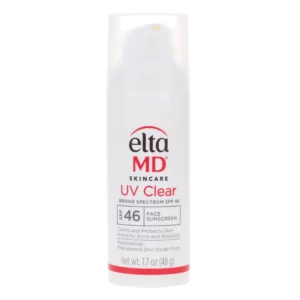
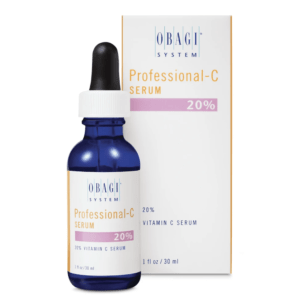
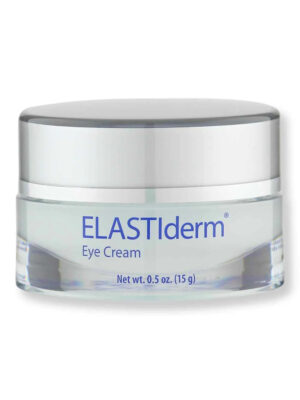
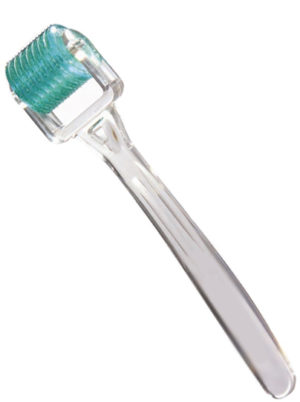
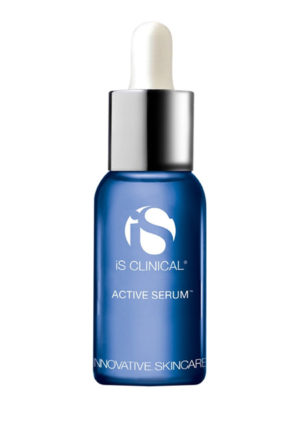
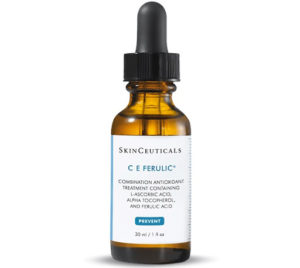
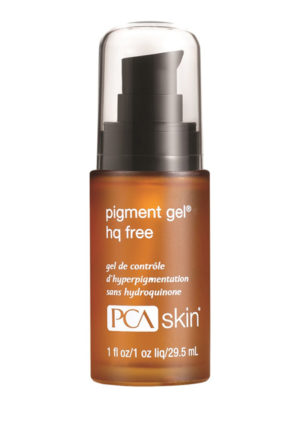
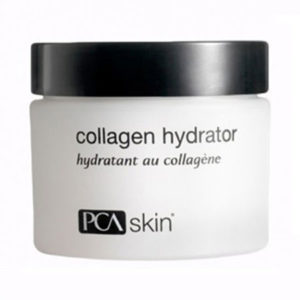
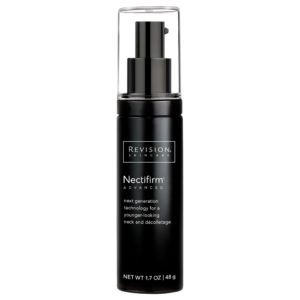
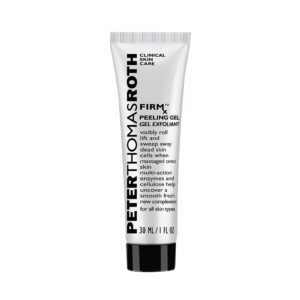
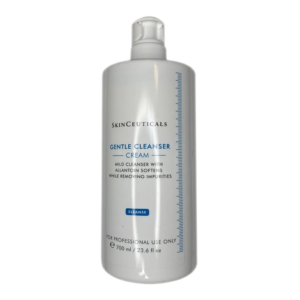
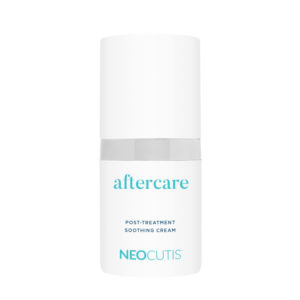
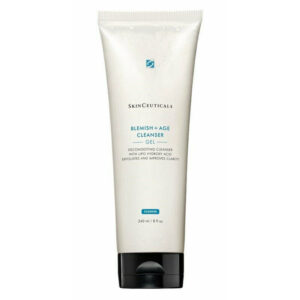
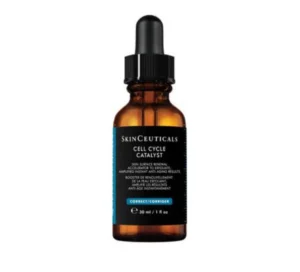


No comments yet.